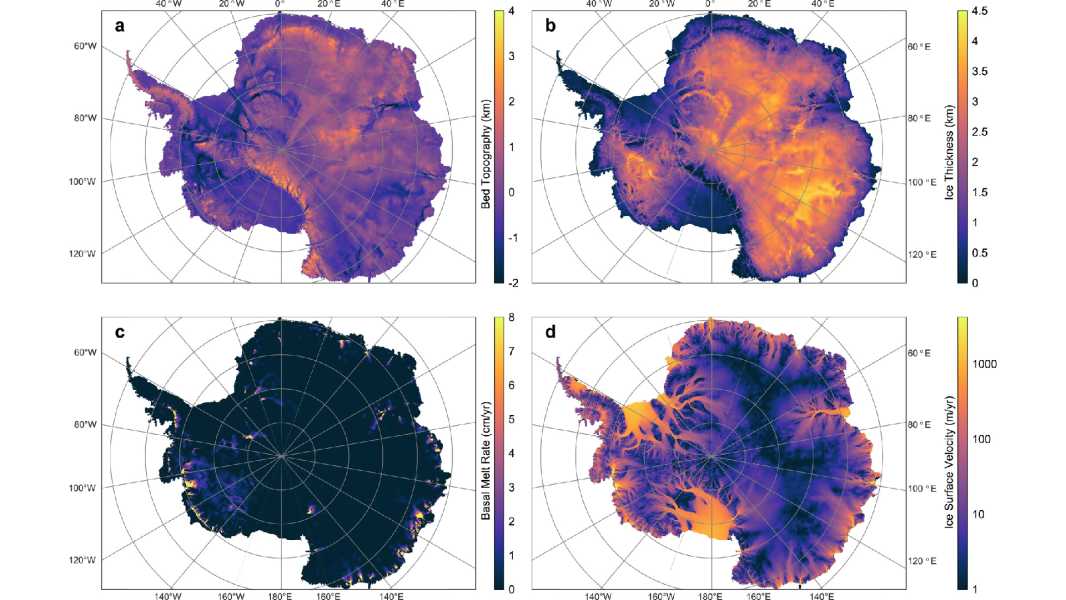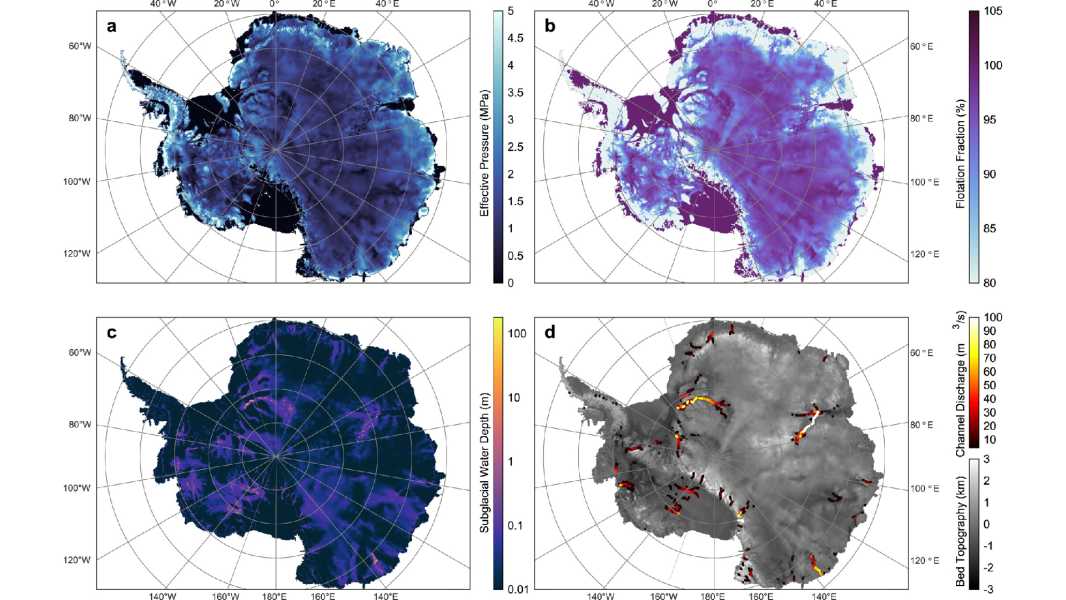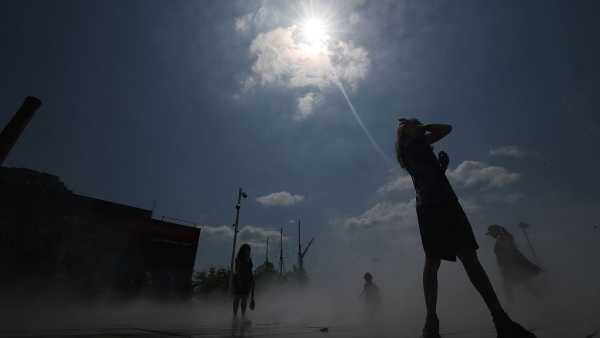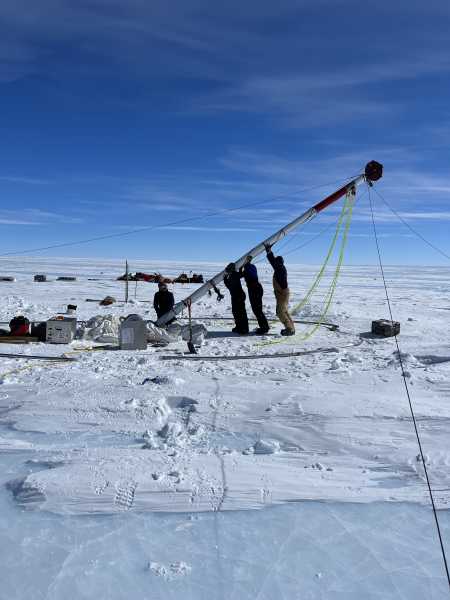
The effective pressure beneath the Antarctic ice sheet illustrates how freely the ice moves above the layer of water that separates the ice from the bedrock. The new maps combine data on bed topography, ice thickness, subglacial hydrology, and base melt. (Image credit: Shivani Ehrenfeucht et al., 2024; CC-BY-NC-ND)
A vast model of Antarctica's ice sheet allows scientists to explore the depths beneath the ice and reveal the continent's hidden systems.
Scientists have used computer models to predict how water moves beneath the Antarctic ice sheet, which affects the location and speed at which glaciers move toward the ocean. The results, published Dec. 29, 2024, in the journal Geophysical Research Letters, will improve predictions of ice sheet stability and future sea-level rise.
Current models suggest that melting ice in Antarctica could cause sea levels to rise by 12 inches (30 centimeters) by 2100. Some of that melting is due to ice sliding off the continent's bedrock into the ocean. Liquid water beneath the ice sheet can act as a lubricant, much like a glass sliding on a wet countertop.
However, the degree of this lubrication is not uniform across the ice sheet, depending on the mass of the ice, the depth, and the pressure of the water beneath it. Understanding how these factors change is key to accurately predicting how much ice will end up in the ocean and how fast it moves. While models for individual, shallow regions take into account the effects of water at the base of the ice sheet, the new study is the first to incorporate these aspects for the entire continent.
To model the influence of subglacial water on glacier movement, the researchers combined two existing models: a glacier drainage system model, which simulates the flow of water beneath ice sheets; and an ice sheet and sea level model, which predicts how the ice sheet will move and change in response to factors such as temperature.

The maps show water networks beneath Antarctica, indicating a constant discharge of water through channels located above the bedrock.
“The combined model allows us to determine where water is located under the ice or to model where it might be located, particularly in areas where the ice is particularly thick and the pressure is high, which allows the ice to slide and flow more quickly,” Neil Ross, a geophysicist at Newcastle University in the U.K. who was not involved in the study, told Live Science.
Researched
Sourse: www.livescience.com





